Covid Care you Should Know For Proper Precautions
Coronavirus disease (COVID-19) is a viral infection caused by the SARS-CoV-2 virus.The majority of those infected with the virus will develop mild to moderate respiratory illness and will recover without the need for specific treatment. Some, though, will become very ill and require medical attention.
Persons who fall unwell with COVID-19 will only have a moderate sickness and will be able to recuperate at home. Symptoms may persist a few days, and those infected with the virus may feel better in approximately a week. Treatments focus on symptom relief and involve rest, water consumption to be hydrated, and pain medications.
Make wearing a mask a natural aspect of social interactions. It is critical to use, store, clean, and dispose of materials properly. To limit your risk of infection when others cough, sneeze, or speak, keep at least a 1-meter gap between yourself and them. When you’re indoors, keep a bigger distance between yourself and others.
It is highly observed that a lot of people tend to neglect other health conditions or symptoms other than covid and are unwilling to see a doctor because they are terrified of being admitted with covid. This is a myth that should be avoided at all costs. As a result, such little symptoms may amplify and result in life-threatening health problems that are not treated. As a result, everyone must take appropriate care of themselves and their families, not ignoring any indications or symptoms of other diseases.
Things to keep in mind to keep yourself protected from covid and taking proper precautions;
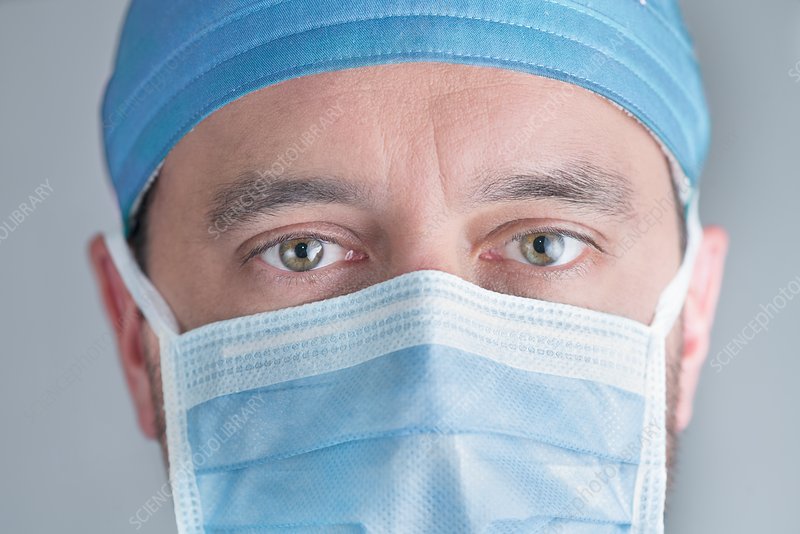
Wearing a Mask
Make it a natural part of social interactions to wear a mask. Used masks must be stored, cleaned, and disposed of properly. Coronavirus is likely to enter our respiratory system through droplets in the air, so protective masks can decrease the chances of being infected. People who live in densely populated areas should compulsorily wear a mask.
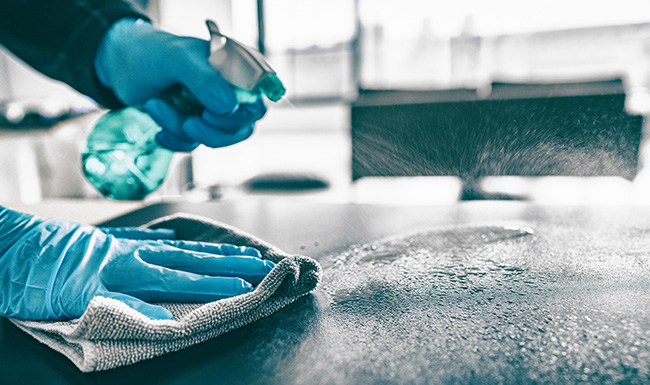
Sanitizing
Make sure you choose a sanitizer that contains between 60-95% alcoholGenerally, apply the liquid to the palm of one hand. Then rub it all over both hands until the sanitizer dries. This takes about 20 seconds. Be careful not to wipe the sanitizer off before it’s dry. People can also use sanitizing surface spray to disinfect things or surfaces at home but keep in mind not to overuse it.
However it is advisable for childrens to wash hands with proper soap and water for 20 seconds to get rid of germs. Instead of using sanitizers excessively. As childrens tend to put their hands in their mouth carelessly and swallowing even a small amount of sanitizer can lead to stomach poisoning in childrens.
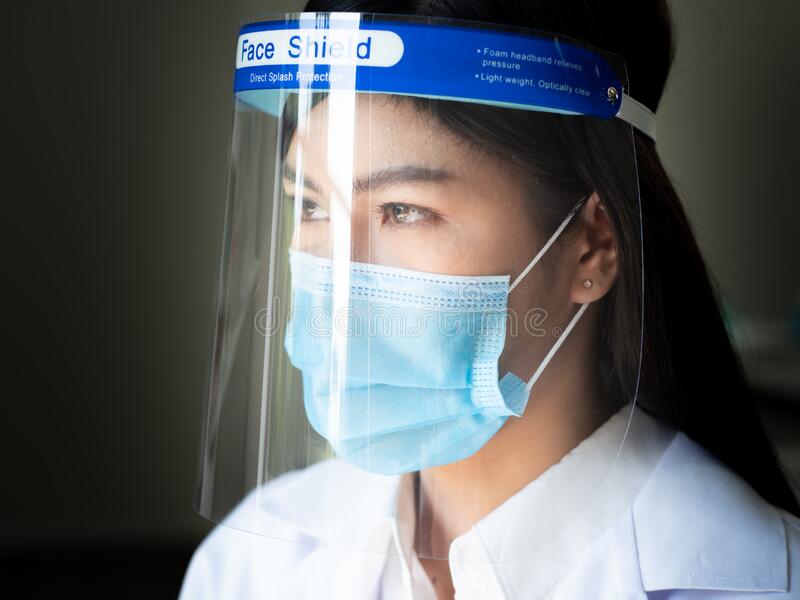
Face shields
Face shields are primarily used to protect your face and eyes from splatter, dust, oil, smoke, and other potentially harmful substances. Face shields, on the other hand, are ineffective in protecting you from covid-19 viruses and enzymes due to the wide gap between your face and the shield. It can, however, help you protect yourself if you layer it with a proper safety face mask and face shield.
Face shields are recommended to be used in crowded and important public places such as hospitals, airports, and railway stations. Doctors and surgeons are required to wear the entire PPE kit, including the face shield.
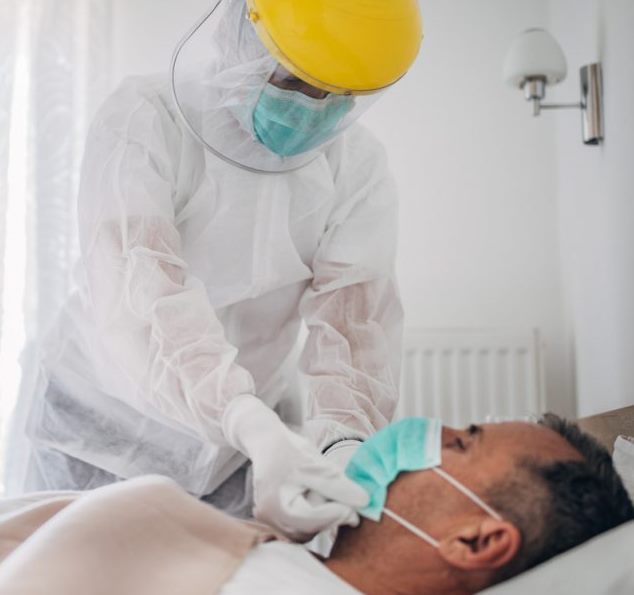
PPE coverall
Health care and other workers may be required to use PPE (Personal protective equipment) if they work around people who have been diagnosed with, or might have, COVID-19. Initially the country had limited supply of PPE overalls which were intended only for medical practitioners, but the supply is now replenishing.
PPE coveralls basically cover the entire body; there are gloves for the hands; coveralls for the feet; masks, googles, and face shields for the face, and so on. This provides full coverage, which is required for medical professionals who are surrounded by covid-19-affected patients in order to avoid becoming infected with the virus.
Pulse oximeters
Patients with covid have symptoms such as a cold, cough, fever, and a low pulse rate and oxygen levels. As a result, keeping a pulse oximeter on hand can assist you in keeping track of your health. An oximeter measures the human body’s pulse rate and oxygen level. Simply place your finger in the oximeter, and it will detect your pulse rate and oxygen levels automatically. A pulse oximeter can assist you in keeping track of your health and taking appropriate precautions.
According to the FDA, an oximeter pulse reading may be inaccurate due to current tobacco use or the use of fingernail polish. In order to acquire an accurate reading, you must be sure to avoid them.
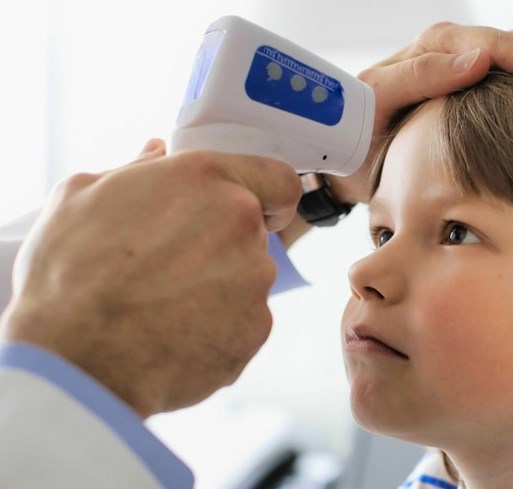
Infrared Thermometer
An infrared thermometer is a thermometer which infers temperature from a portion of the thermal radiation sometimes called black-body radiation emitted by the object being measured. They are sometimes called laser thermometers as a laser is used to help aim the thermometer, or non-contact thermometers or temperature guns. Infrared thermometer technology was exactly what was needed in the contagious Covid period as it is a contactless device and perfect to use for temperature check, fever and cold check.
Self Care
Covid-19 has put us all through a difficult period, and we’ve learned the value of self-care and health as a result. So just because the covid-19 has become nearly extinct does not mean it has completely vanished.Every individual must take care of themselves, including wearing a proper mask at all times, staying hydrated, staying active, and drinking a warm glass of water every morning.
Let us try to adapt to a healthier lifestyle by changing our habits.
Source of information
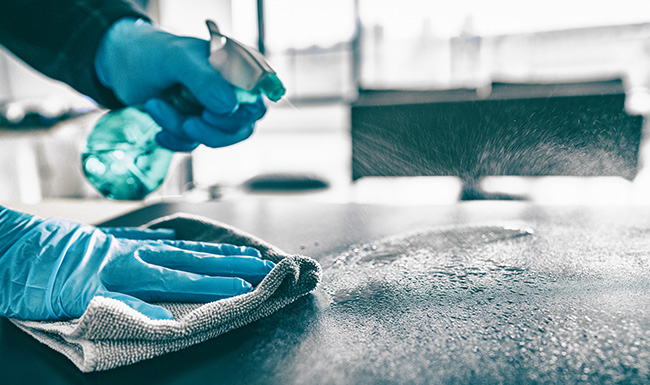
Leave a Reply